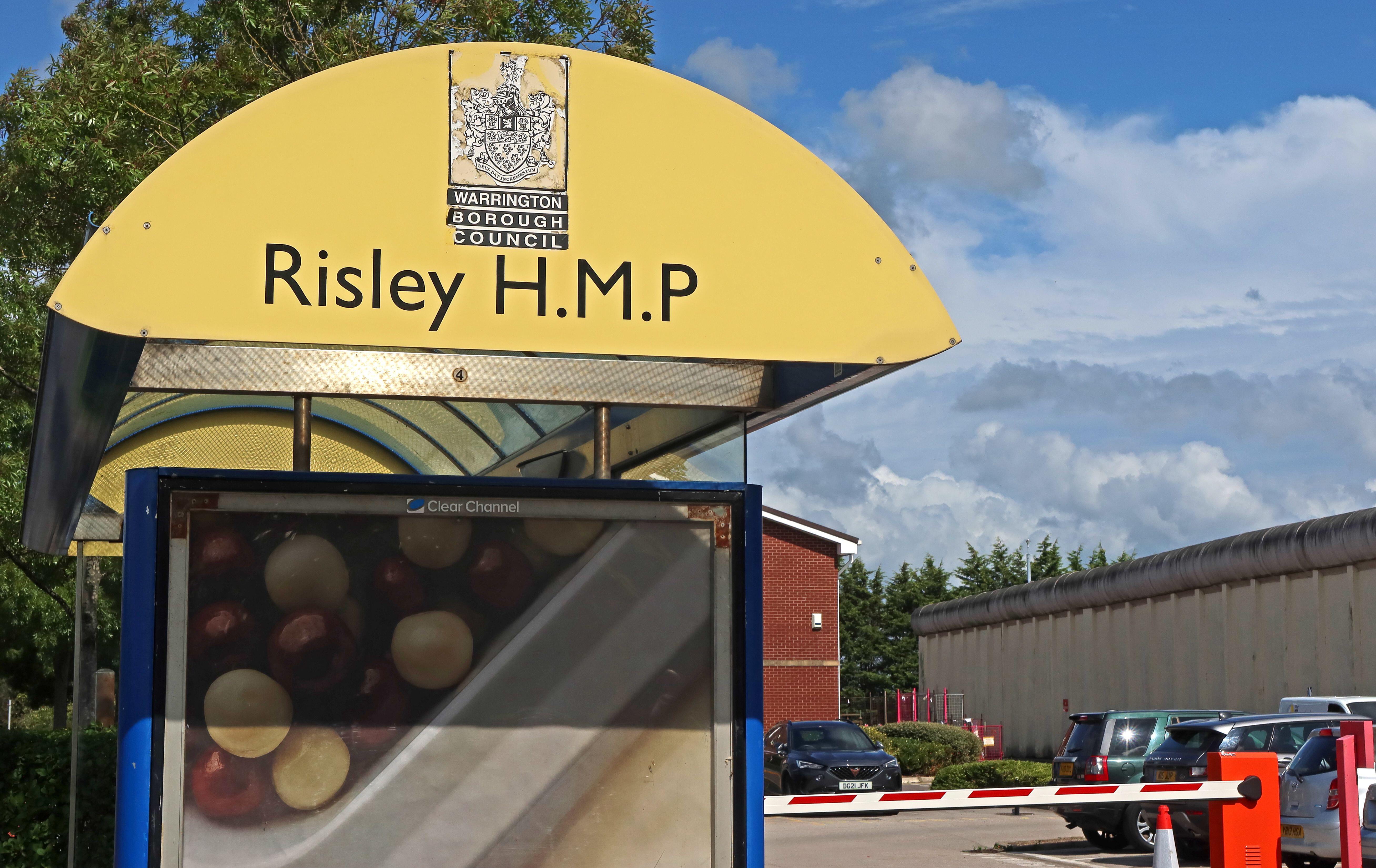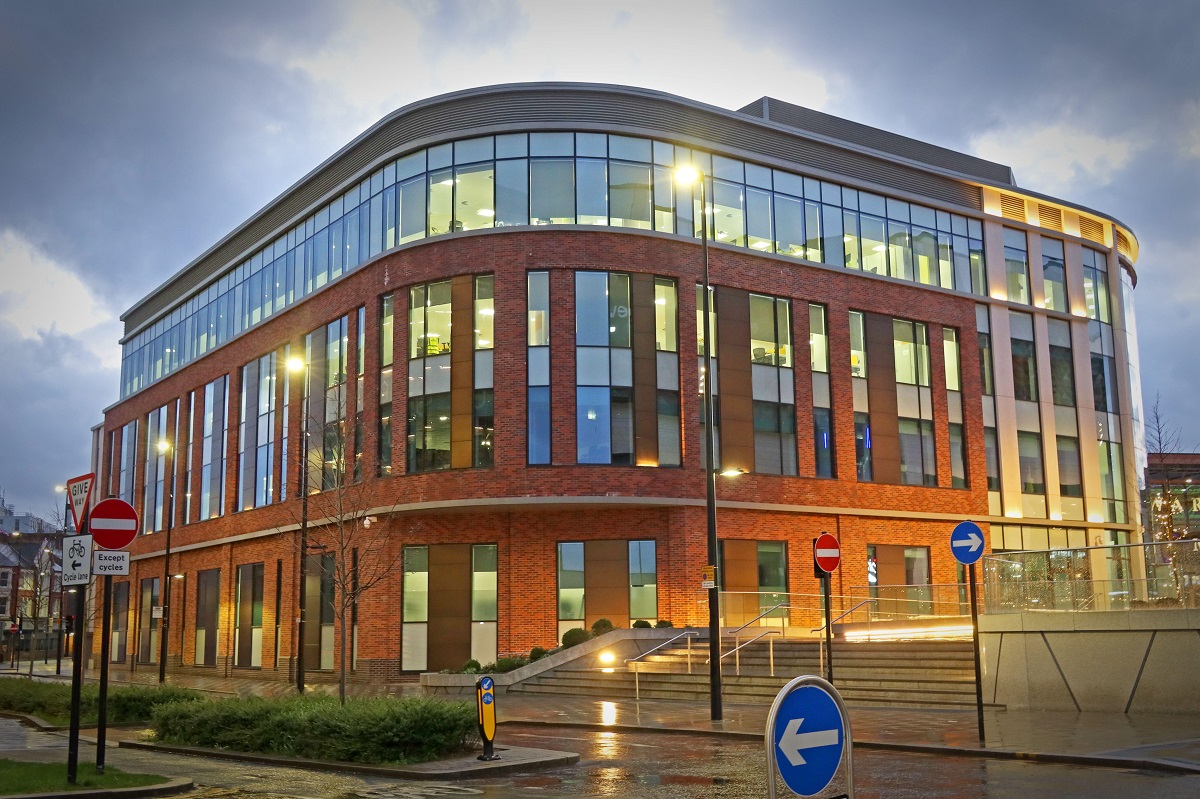Warrington is placing local people at the heart of its cultural programming with unique results
Culture Warrington's community engagement approach is genuine - and for that reason, it's getting results
Not everyone in Warrington has heard of Old Billy, even though he was once one of the town’s most celebrated sons. But those who haven’t yet soon will. He’s something to boast about – allegedly the world’s oldest horse, who pulled boats for the Mersey and Irwell Navigation Company until his retirement in 1819.
What came next is less worthy of celebration. After his death at the ripe old age of 62 – around three times the average for a horse – his skull was added for posterity to the collection of the Manchester Society of Natural History, now part of Manchester Museum. More gruesomely, the rest of his head was stuffed and ended up in Bedford Museum where it still resides today.
But the community has spoken and, as part of the upcoming Warrington Arts Festival, a Bring Back Old Billy Committee has been formed to campaign for the celebrity horse’s head to be reunited in his hometown.
If this doesn’t sound like traditional art then that’s kind of the point - it’s all part of arts charity Culture Warrington’s efforts to put local people at the heart of its programming.
Using part of a £600,000 Place Partnership grant from Arts Council England, increased to £840,000 by match funding from the Borough Council and Warrington BID, the organisation has been able to employ new staff to concentrate on engaging local people by incorporating their ideas and stories into its programme. This is happening most prominently in the case of Warrington Arts Festival, which will take place this summer.
Box-ticking versions of community engagement are carried out in many different industries in many different locations right across the UK, but Culture Warrington’s seems genuine – and because of that it is getting results.
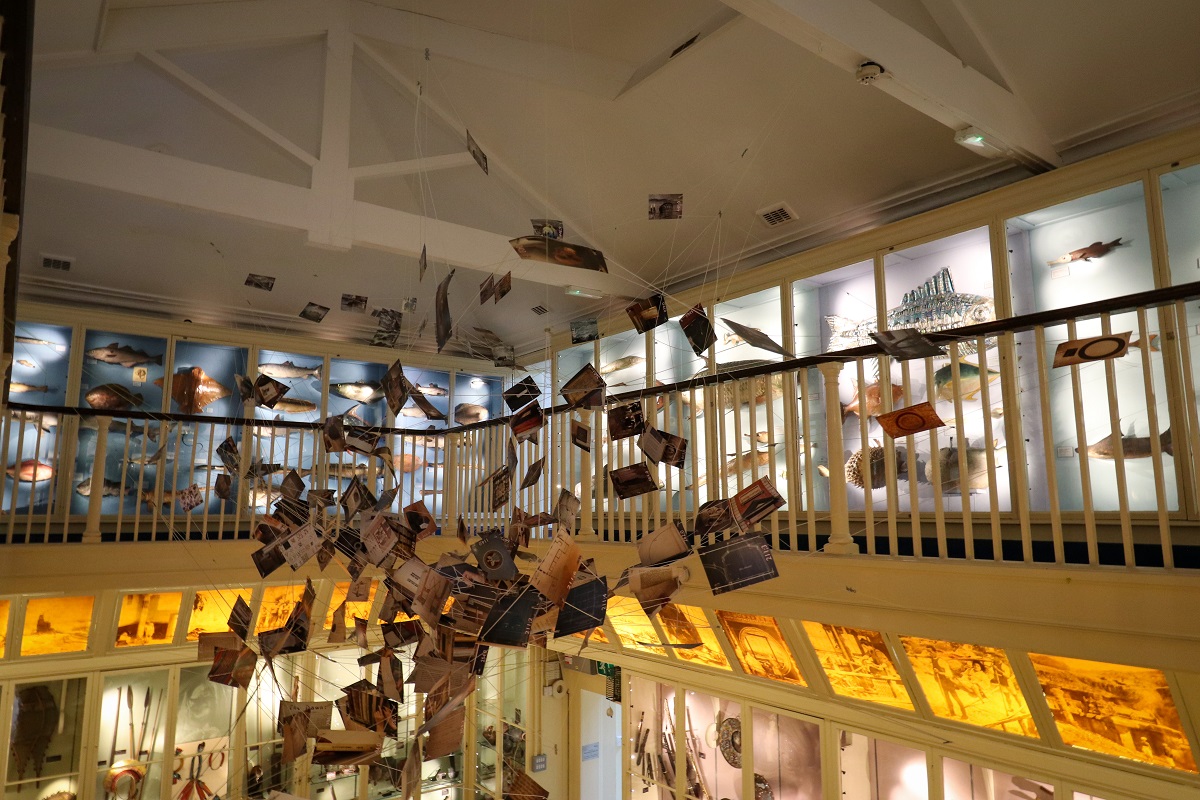
Warrington Museum and Art Gallery. Credit: Culture Warrington
“I see culture in Warrington as very vibrant and very ambitious, and it’s definitely changed a lot in the last five years,” says Leah Biddle, the organisation’s cultural director. “It feels like there’s so much more of a variety of events, activities and performances for the public to engage in, but also as an organisation we’ve been able to involve the community more.”
It’s been five years since Culture Warrington announced Biddle’s appointment, along with her bold ambition to “break down barriers to engagement”. Formerly cultural partnership manager at Warrington Wolves Foundation, Biddle said she wants “to make art accessible” and “inspire children and young people while connecting with older generations”.
Culture Warrington, which runs Parr Hall, Pyramid Arts Centre and Warrington Museum and Art Gallery, as well as putting on other events, uses a co-production model that involves the local community in every stage of the process, from consultation and planning to delivery.
“We’re definitely starting to see the benefits of that,” says Biddle. “The engagement with the public has been much more positive.”
In 2022/23, just over 11,000 people took part in outreach and engagement activities, according to the charity’s annual report. And nearly 161,000 people in total turned up for all of Culture Warrington’s activities – a significant increase on the 131,000 the year before, although that may in part reflect the slow pace at which visitors returned to public venues post-covid.
In the first quarter of this year, the organisation consulted with 1,500 people including parents at a nursery for children with special educational needs and disabilities (SEND), young people at colleges and those connected with Warrington Youth Zone, and community groups in some of the town’s most deprived wards. Their feedback and ideas have been incorporated into the plans for this year’s Warrington Arts Festival.
That has resulted in a significant change, says Biddle, initially most obvious in the name of the event, which used to be called Warrington Contemporary Arts Festival.
“A lot of people were attending the festival but your general Warringtonian didn’t necessarily feel it was for them,” she says.
“It might have been if they’d have come along, but we felt the word ‘contemporary’ was putting people off.”
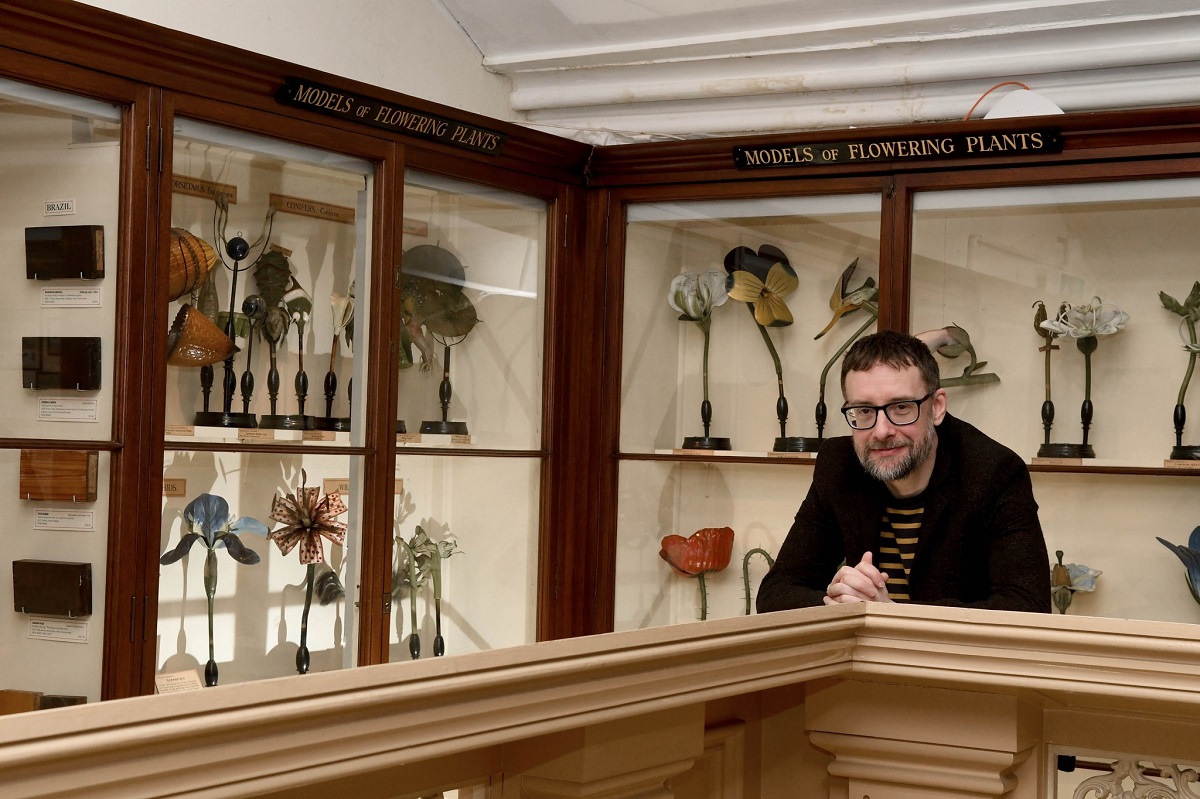
Roger Jeffrey. Credit: Dave Gillespie
Another change is moving the programme out of venues and into the public realm. Instead of potentially feeling intimidated by having to step inside a gallery or concert hall, local people will instead stumble across events taking place as they go about their usual routine.
Biddle says: “We’re hoping that, by presenting a lot of work in the public realm, whether that’s in local green spaces or in a shopping centre, it could be an entry point for a lot of people who are not sure what to expect. And because it’s free they won’t have a financial barrier either.
“By having the programme popping up where people might go for some lunch, shopping, or to meet a friend, inclines them to look at what else we’ve got programmed in the ticketed and venue-based part of the programme as well.”
Moving the festival to summer allows it to take advantage of the, hopefully, warmer weather with events such as a Family Garden Party in Queens Gardens where residents and visitors can bring a picnic and enjoy live music, hands-on activities and performances including a circus theatre show taking place on a revolving parasol.
Away from the festival, efforts have also been made to draw visitors into venues that they might not normally find welcoming, by creating a more diverse programme. At the Museum and Art Gallery, concerts showcasing North West-based musicians have been attracting a different demographic.
Biddle says: “They’re coming for the music but in the changeover between sets they’re having a bit of a wander around the museum and enjoying the collections. The feedback we’re getting is not necessarily just about the bands but also about the atmosphere, about the collection, about this really quirky venue that they didn’t even know existed.”
Roger Jeffrey, Culture Warrington producer, is responsible for organising the exhibitions programme, which is specifically aimed at the local audience.
He says: “We’re lucky, we've got lots of really, really talented people in Warrington and we try to reflect that in our exhibitions.
“For example, we have one featuring the work of [Def Leppard album cover designer] Andie Airfix, who was a well-respected graphic designer and is from Warrington, and one of our forthcoming exhibitions is about Curtis Jobling, who designed Bob the Builder. He’s also an author who’s created work such as Wereworld, and there’s an adaptation of that coming out on Netflix very soon.
“The subject matter is interesting to people even if you’re not from Warrington, it’s just that we see our role as highlighting the talents of people locally.”
That includes the annual Open Exhibition, which this year has had 830 submissions of artwork by local people, compared to around 400 in previous years.
Warrington-based artist Sarah Harris, the show’s guest curator, puts its success down to high calibre judges, which include David Sinclair, head curator of Nottingham’s New Art Exchange and a freelance exhibitions lead for National Museums Liverpool; Short Supply, an organisation that creates opportunities for emerging artists in the North West; and Ryan French, gallery coordinator at Manchester’s Castlefield Gallery.
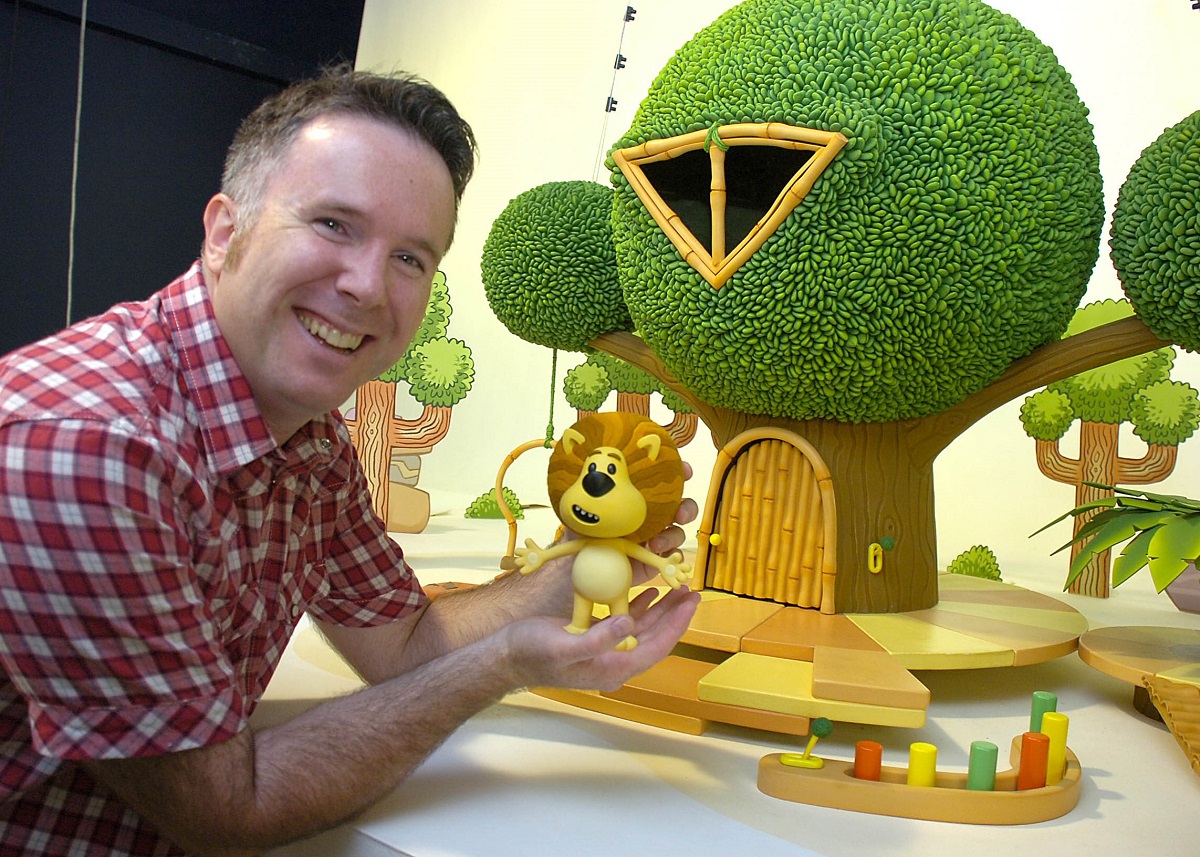
Curtis Jobling. Credit: Culture Warrington
The final member of the panel is Imi Bailey, an artist who is part of Warrington Arts Festival’s Young Producers programme for people aged 16-21.
Harris says: “It’s been huge. Until the week before the deadline there were only around 200 submissions and then it just went mad.
“I think it’s because we’ve got a really great judging line-up, and people want to get their work in front of people they admire. And we’ve worked really hard to share it far and wide, and make it as accessible as possible. My key thing is to really encourage people who maybe wouldn't have applied before.”
Harris describes Warrington’s arts scene as “just finding itself”. She’s seen an increase in the number of opportunities for local artists since the pandemic, and says they are now less likely to leave town when hunting for studio space.
“For a long time people were looking outside of Warrington for space, going to Manchester or Liverpool, because previously there wasn’t anything here. Now people are discovering new networks and different spaces. Nothing feels established yet but it’s getting there.”
Harris herself is based in New Art Spaces, the former Marks and Spencer store on Great Sankey Street, now run as studios by Manchester’s Castlefield Gallery, which has similar ventures in Wigan and Chester. There is also No 7 Artists Studios, run by Culture Warrington on Museum Street, and Bank Quay Studios in a unit on Bank Quay Trading Estate.
A multidisciplinary artist, Harris’s socially-engaged practice involves working within communities to create art that tells their stories. She gathered crowds of people for a mile-long Mexican wave across the Humber Bridge for Hull’s UK City of Culture celebrations, and was artist-in-residence on a Blackpool housing estate, where she lived and worked in the same home.
Now she’s back in her hometown where she is currently creating a commission for Culture Warrington, called All These Latchford Souls, with the community she grew up in.
She says: “I think it's quite unique but I am biased because that's where I'm from. Historically, people just tended to stay in Latchford, you've got generations of family who still live in the same place. I now live half a mile away from where I grew up but my parents still live in the same house, my aunties do, and I've got 20 cousins who all grew up in a relatively small area.
“It’s surrounded by the Mersey and the Manchester Ship Canal, and it's sort of cut off from other areas so it’s got a really tight-knit community.”
Harris has been collecting people’s stories about the ship canal locks, interested in how the water connects Latchford to faraway places.
Many Hands event run by Culture Warrington in 2023
“My Dad told me that his grandfather was a merchant sailor from Sierra Leone and he travelled down Manchester Ship Canal,” she says. “And my great-grandmother was travelling from Scotland down to London, ran out of money, stopped off at Warrington, and they met at the locks.”
The stories will be the inspiration for a film and animation work, to be projected on a screen of water on the River Mersey this autumn.
“I get a buzz out of seeing people develop work, because when they start doing something, they never imagine what could come out and what they can achieve.”
Hayley Reid, one of the artists behind the Bring Back Old Billy Committee, shares Harris’ passion for telling local stories in a new way.
She says: “Old Billy has always captured my imagination, and it really shocks and surprises me that more people haven’t heard of him. He was supposed to be 62 when he died – if that is true, that’s a really mad claim-to-fame for Warrington to have, the oldest horse ever.
“He’s part of a long history of animal labour and, even though he and other horses contributed massively to the Industrial Revolution, and even though Billy had a lot of fame beyond that, he’s still not remembered. I find that so interesting and want to tell those stories.”
There are three strands to the project, starting with an exhibition of fake paraphernalia supposedly associated with the Bring Back Old Billy Committee, an organisation that largely exists within the imagination of the artists’ and the show’s visitors.
Then there will be a “funeral-slash-homecoming-parade” led by Liverpool-based Mooncup Theatre, which will (spoiler!) return the horse’s head to Warrington Museum. The third strand is a series of workshops and talks based on Old Billy’s story. Side-projects include a Band Aid-style charity single by musician Ryan Smith to raise awareness of the campaign.
“We’re getting the head back,” says Reid, who like Billy is from Woolston. “I can’t believe it’s happening, it feels a bit of a fever dream.”
While major events like Warrington Arts Festival are well-known and well-attended, Reid says much of the town’s arts scene takes place underground.
“You have to know the right places and the right people. There are parts of the DIY arts scene that I don’t know about.
“I’m a huge Warrington advocate. There’s so much going on here and there’s always been a burgeoning grassroots arts scene. It’s always been bubbling away under the surface.”
The Lead is now on Substack.
Become a Member, and get our most groundbreaking content first. Become a Founder, and join the newsroom’s internal conversation - meet the writers, the editors and more.



